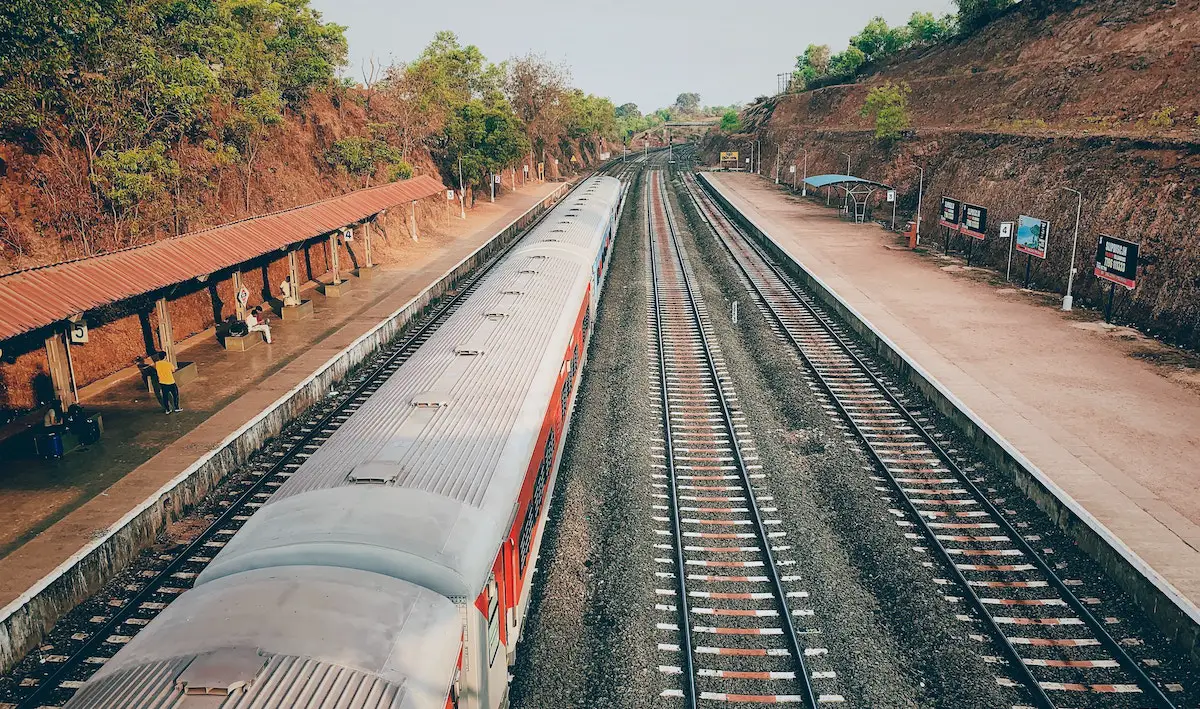By 2015, London will be surrounded by a clock-like network of bright blue bicycle lanes, known as ‘cycle superhighways’. Whilst the ‘super’ status of these lanes is debatable, the timeline for their introduction is most questionable, with just two scheduled to open each year over a six-year period.
Still, London desperately needs an improved bicycle network so any infrastructure developments are welcome, whatever the pace of their introduction. Unfortunately for cyclists in the British capital, the initial signs on the functionality of one of its newest cycle superhighways – scheduled to officially open in Summer 2011 – are not good.
At present, London’s two cycle superhighways offer differing functionality, with the CS3 being undoubtedly superior. Either physically divided or raised from main roads for the majority of its 9-mile route, the CS3 is as safe as an urban cyclist can realistically expect to be. On the other hand, the money must have run out by the time it came to creating the CS7, which is essentially a lot of bright blue paint on a main road. Cyclists on the CS7 are required to share the road not only with moving traffic, but with parked traffic. For some unfathomable reason, parking spaces along the route of the CS7 were not relocated, meaning it is actually encouraged and entirely legal to park on the CS7.

With the poorer functionality of the CS7 in mind, it is disappointing to see the approach being taken with the CS2, which will run along east London’s Whitechapel Road and beyond. As the photos in this post show, the blue paint is back, and raised or divided cycle lanes are nowhere to be seen.
Of course, this is just a small stretch of the route, which is likely to be around 9 miles in length once complete. And months of further development remain until it officially opens, which may well improve the overall functionality of the route. However, with budgets stretched in London and Whitechapel road already plastered in blue paint, disruptive infrastructure changes are unlikely.



